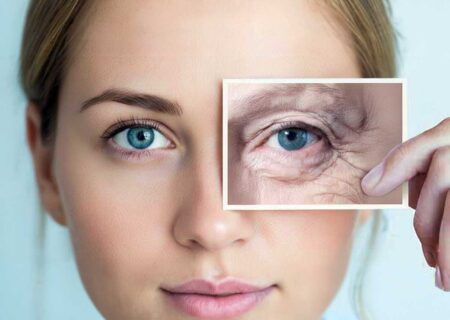Skincare trends have pushed routines to become more complex than ever. Between exfoliants, toners, masks, serums, and devices, many routines end up bloated with products that don’t necessarily serve a clear purpose. More isn’t always better, and this is especially true when it comes to skin health.
Shifting to a minimalist skincare routine can offer more clarity, consistency, and visible benefits. The key is to cut down on what’s unnecessary while keeping the steps that actually support your skin’s needs.
Why Simpler Can Work Better
Piling on too many products can overwhelm your skin, disrupt its barrier, or lead to irritation. It also makes it harder to figure out what’s helping and what’s causing problems. With fewer products, each one has a defined role, and your skin gets the chance to settle into a rhythm.
A simple routine also helps reduce trial-and-error. Instead of switching products frequently or guessing what caused a breakout, you’ll be able to track what works and adjust only as needed.
Start By Reviewing Your Current Routine
Before you make changes, write down everything you use, morning and night. Group products by category: cleanser, exfoliant, serum, moisturizer, sunscreen, etc., and note which ones overlap. For example, are you using two different vitamin C serums or multiple exfoliants?
From there, determine what you truly need. If a product doesn’t serve a specific purpose or you haven’t seen results from it, it may be time to let it go.
Identify Your Non-Negotiables
At its core, a skincare routine only needs a few essentials to be effective. These include:
- A gentle cleanser to remove buildup without stripping skin
- A moisturizer that supports hydration and barrier function
- A broad-spectrum sunscreen to protect from UV damage
Depending on your skin concerns, you might also choose to include:
- A targeted treatment, such as a serum with actives like retinol or vitamin C
- A lightweight hydrator, like hyaluronic acid, to support moisture levels
It’s possible to see meaningful results with as few as three or four products. Focus on consistency, not quantity.
Pay Attention To Ingredients That Support Simplicity
When reducing your product lineup, the ingredients you keep should serve multiple functions and remain gentle on the skin. Some standout options include:
- Niacinamide, which supports brightness, oil control, and barrier health
- Squalane, a skin-friendly hydrator that absorbs easily and suits most types
- Ceramides, which reinforce the skin’s outer layer and help prevent moisture loss
- Peptides, such as ghk-cu copper peptides, which encourage repair and improve skin resilience
These ingredients can often replace several specialized treatments when formulated properly. The goal isn’t to compromise on effectiveness but to reduce excess and keep things targeted.
Cut Back On Actives Without Losing Results
You don’t have to eliminate actives like exfoliants or retinol altogether, but you may benefit from using them less frequently. Many people overuse these products, thinking more frequent application will speed up results. Instead, alternate them or use them just a few nights a week.
For example, exfoliating once or twice weekly is often more than enough to keep skin smooth. On other nights, stick with hydrating and barrier-repairing products to support balance.
Streamline Morning And Night Routines
Once you’ve trimmed your product list, organize your steps into a structure that fits your schedule and skin type. Here’s an example of a simplified plan:
Morning Routine
- Cleanser (if needed)
- Hydrating or antioxidant serum
- Moisturizer (optional if serum provides enough hydration)
- Sunscreen
Evening Routine
- Gentle cleanser
- Targeted treatment (used only as needed)
- Moisturizer
The fewer steps involved, the easier it becomes to stay consistent. And consistency is what allows products to deliver real results over time.
Give Your Skin Time To Adjust
If you’re going from a 10-step routine to a simpler one, don’t expect overnight changes. Give your skin a few weeks to adapt. You may even notice improvements in texture, fewer breakouts, or less redness once you remove potential irritants or duplicate products.
Also, remember that results come from long-term use, not instant fixes. Stick with your pared-down routine for at least 30 days before deciding whether it needs any further changes.
Simplify Your Product Shelf
Having fewer products doesn’t just benefit your skin, it also makes daily care easier to maintain. Fewer bottles mean less clutter, less decision fatigue, and a clearer understanding of what you’re actually using.
When purchasing new items, stick with brands and products that offer transparency in their formulations and have a clear reason for being in your lineup. Avoid being pulled in by trends or marketing claims that promise too much.
Consistency Beats Complexity
You don’t need dozens of steps to support healthy, balanced skin. By focusing on a few effective products and sticking with them consistently, you’ll likely see better results and reduce the risk of irritation or overload.
Minimalist skincare isn’t about doing the bare minimum, it’s about doing what works without the noise. If your current routine feels like too much, this is a smart time to reset and focus on what your skin actually needs.






